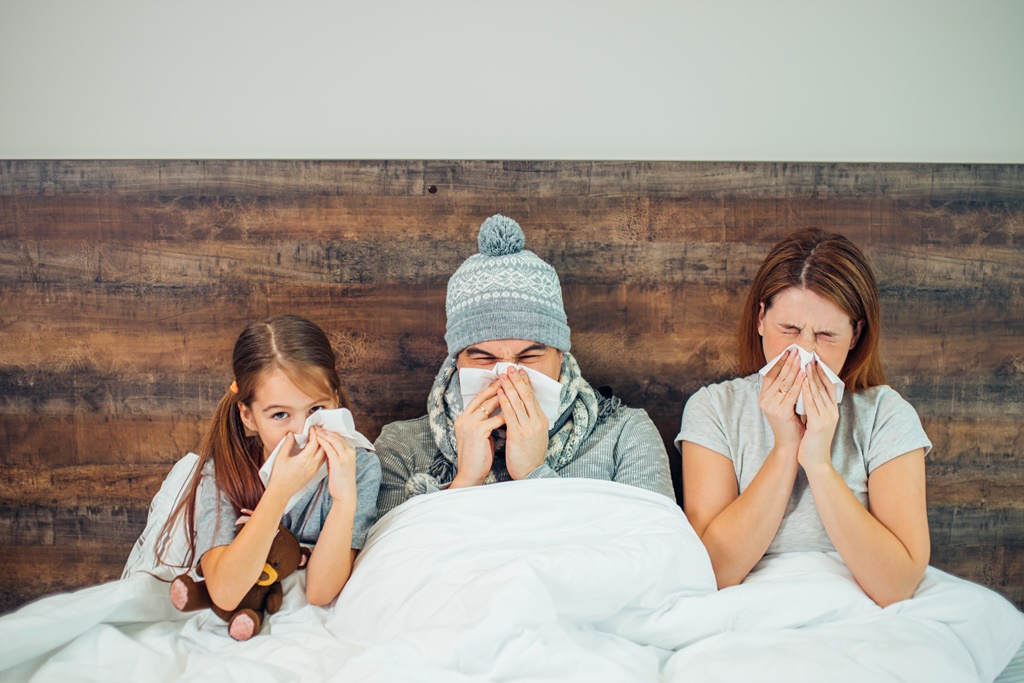HR 6201, also known as the Families First Coronavirus Response Act, was passed by the Senate and signed into law last week.
Below are the main points of what employers need to know about the bill:
Summary
If this act passes and is enacted, employees will be eligible for 10 days of sick leave (full pay for self, 2/3 pay for family care) and use of 12 weeks of Family and Medical Leave Act (FMLA) leave (two weeks unpaid and then up to 10 weeks at 2/3 pay) for several circumstances related to COVID-19.
Effective Date of the Law
- Legislation indicates that it would be effective not more than 15 days after enacted and would expire December 31, 2020.
- Currently the bill as written does not appear to have any retroactive application.
Key Elements for Employers
- FMLA expansion
- Paid sick leave
- Payroll tax credit
Emergency FMLA Expansion
Covered Employers: Employers with fewer than 500 employees are covered.
Covered Employees: Any employee who has been employed for at least 30 calendar days, though employers can choose to exclude employees who are health care providers or emergency responders.
Covered Leave Purpose: To care for a child under 18 of an employee if the child’s school or place of care has been closed, or the childcare provider is unavailable, due to a public health emergency, defined as an emergency with respect to the coronavirus declared by a federal, state, or local authority.
Duration:
- Up to 12 weeks of job-protected leave.
Compensation:
- No pay for first 10 days of leave (employee can, but is not required, to use any other leave available to them, including the emergency sick leave discussed below). Employers may not require employees to use paid leave during this period.
- After 10 days, employers must pay two thirds of the employee’s regular rate of pay for the number of hours they would normally be scheduled to work, capped at $200/day and $10,000 total.
Reinstatement to Position after Leave:
- The same reinstatement provisions apply as apply under the traditional FMLA. However, restoration to position does not apply to employers with fewer than 25 employees if certain conditions are met: The job no longer exists because of changes affecting employment caused by an economic downturn or other operating conditions that affect employment caused by a public health emergency, subject to the following conditions: the employer makes reasonable efforts to return the employee to an equivalent position, and the employer makes efforts to contact a displaced employee if anything comes up within a year of when they would have returned to work.
Note: Employers covered here but not by the rest of the FMLA (i.e. those with fewer than 50 employees) are not subject to civil action by employees (only action by the Secretary of Labor). The bill reserves the right for the Secretary to exclude certain care providers and first responders from the list of “eligible employees” and exempt small businesses with fewer than 50 employees if business viability was jeopardized.
Emergency Paid Sick Leave
Covered Employers: Employers with fewer than 500 employees.
Covered Employees: All employees (no matter how long they have been employed). Employees who are health care providers or emergency responders may be excluded.
Covered Leave Purpose:
- When quarantined or isolated subject to federal, state, or local quarantine/isolation order;
- When advised by a health care provider to self-quarantine (due to concerns related to COVID-19);
- When experiencing symptoms of COVID-19 and seeking a medical diagnosis;
- When caring for an individual doing #1 or #2 (2/3 pay);
- When caring for a child whose school or place of care is closed due to COVID-19 (2/3 pay); or
- When the employee is experiencing any other substantially similar condition (2/3 pay).
Duration of Leave:
- Full time employees are entitled to 80 hours of paid sick leave.
- Part time employees are entitled to sick leave equal to the number of hours worked on average over a typical two-week period
Rate of Pay:
- Sick leave must be paid at the employee’s regular rate of pay for leave used for the employee’s own illness, quarantine, or care.
- Sick leave must be paid at two-thirds of the employee’s regular rate if taken to care for a family member or to care for a child whose school has closed, or if the employee’s childcare provider is unavailable due to the coronavirus.
- Pay is capped at $511/day and $5,110 total for reasons 1, 2, and 3 described above.
- Pay is capped at $200/day and $2,000 total for reasons 4, 5, and 6 described above.
Interaction with Other Employer-Provided Paid Sick Leave and other Paid Leave:
- This bill does not pre-empt existing state and local paid sick leave requirements.
- Employers cannot require employees to use other leave first.
- Sick leave provided for under the bill does not carry over from year to year, and the requirements expire December 31, 2020.
Notice Requirements:
- Employers must post a model notice to be provided by the federal government.
Note: The bill reserves the right for the secretary to exclude certain care providers and first responders from the list of “eligible employees” and exempt small businesses with fewer than 50 employees if business viability was jeopardized.
Our HR Pros are ready to help
Need assistance or have any questions about this communication? Our team of HR Professionals are ready to help you. Give us a call today at 952.746.0000 or email HRSupport@FlyteHCM.com
